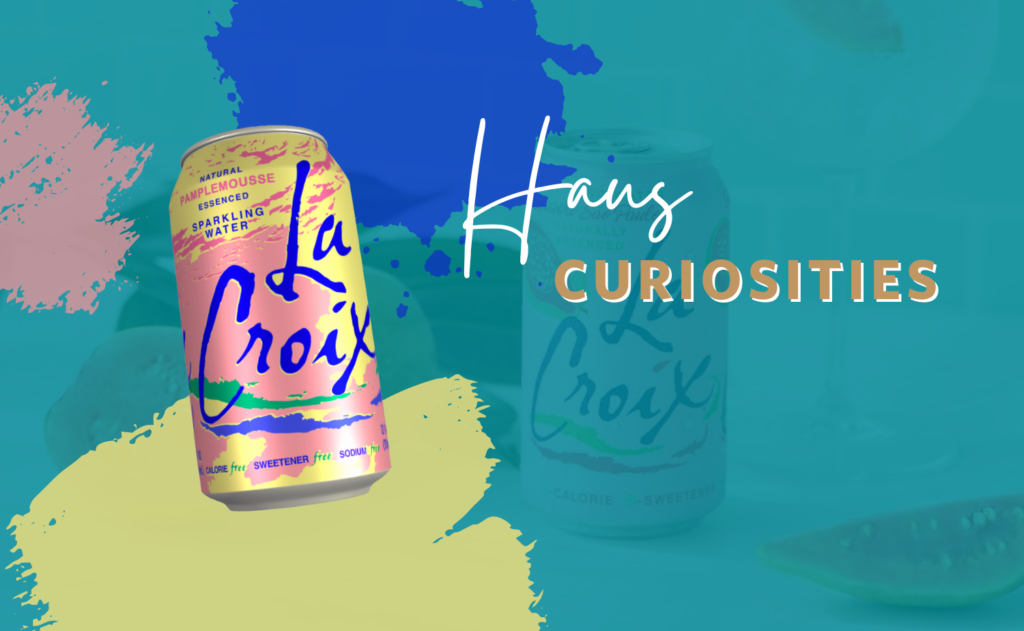Some of our favorite memes involve La Croix. One caption on an Instagram post back in 2019 or 2020 read, “It tastes like you were drinking carbonated water and someone yelled out the flavor from another room.” Yet, your refrigerator is probably full of some varietal of sparkling water at any given moment.
Astonishingly, when we look back on our lives five to seven years ago, it was quite possibly sparkling-water free. As marketers, it is fascinating to muse on the tipping point moment that took La Croix (the preeminent seltzer entity) and thrust it into homes and businesses throughout the world as if we heard it could cure cancer.
As we dug into the sparkling history of America’s favorite fizzy beverage, we were surprised to learn La Croix has been around since the early 1980s when it was first created in Wisconsin. The ever-beleaguered millennial generation and social media are responsible for its meteoric rise.
Health-conscious millennials looking to reduce their sugar intake and the power of Instagram became the perfect combination. La Croix’s colorful cans and charming names (we see you, Pamplemousse) were Instagram content gold for a generation who likes to visually capture their meals.
Plus, La Croix quickly recognized the opportunity and chose to advertise on the social platform at the exact right moment (a smart, financially savvy move that made all the difference in catapulting the brand). When La Croix noticed some of the product growth happening in 2011, their brand managers did research and created a strategy to continue reaching the very targets who found their products organically.
Consumers wanted products with no sugar and fewer ingredients we cannot pronounce (phenylalanine in my beloved Diet Coke, I am looking at you). They branded their cans to advertise “zero sugar” and listed carbonated water and “natural flavor” as the only ingredients while doubling down on their strategy to reach the Instagram-loving millennials.
And it worked. It worked really, really, really well.
So, let’s recap. After some natural movement of their product, they did research to determine their value proposition, honed their branding to reflect the values of their target demographic, and then put a marketing plan in place to tell their story.
At TealHaus, this sounds familiar to us because this is our process. And if La Croix has anything to say about it, it definitely works.

